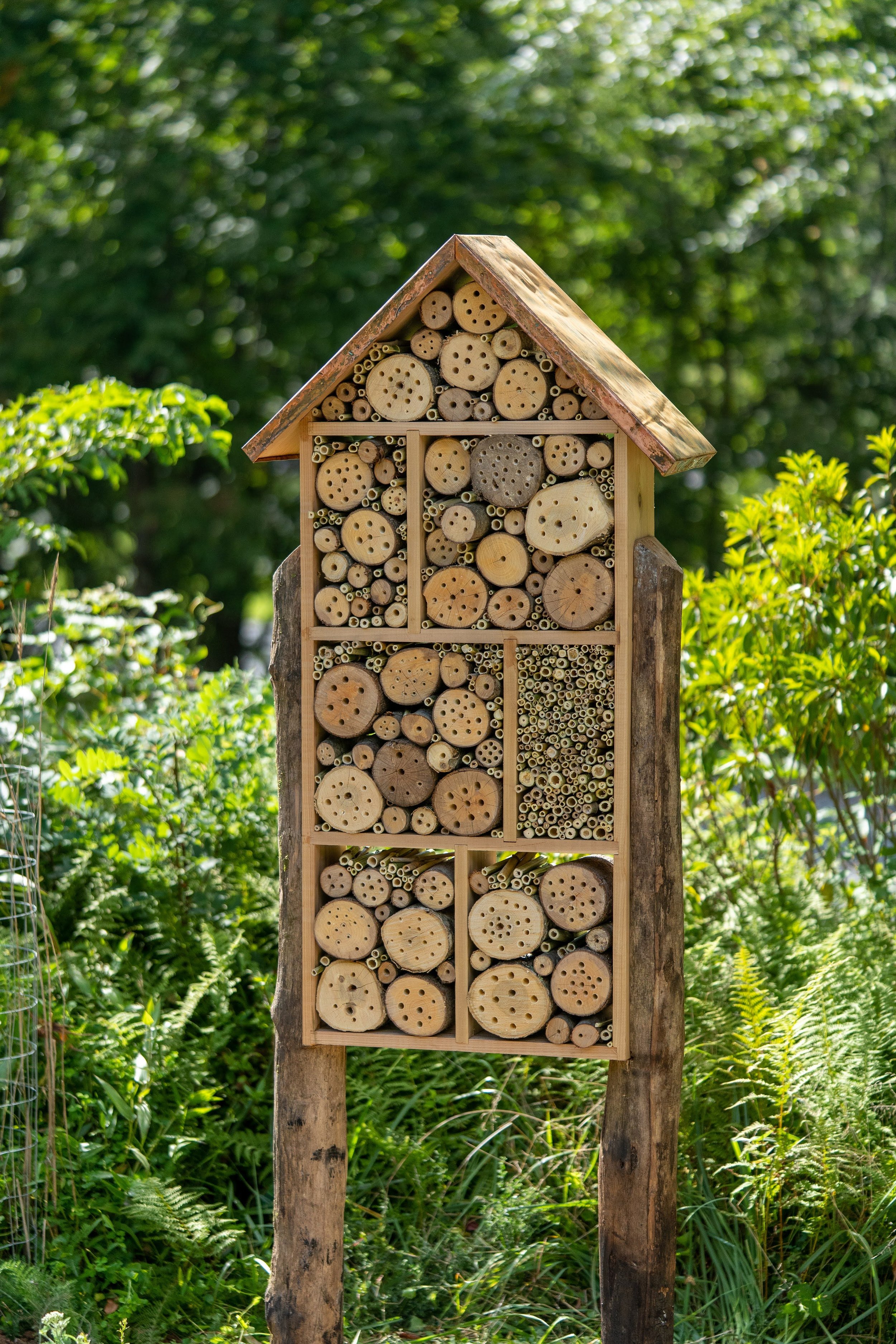

Build a Bee Hotel for World Bee Day
In honor of World Bee Day, we’re cleaning up our native bee home here at Blue Ridge Discovery Center! One way we can support native bees is by building a “bee hotel”. These structures supply plenty of nesting opportunities to a few of the local bees. Adding a bee hotel to your garden is a great way to interact with some of these native species, and it can be an attractive feature to showcase local biodiversity.
Happy Bee-lated World Bee Day
World Bee Day was May 20th, a day to appreciate bees for the enormous role they play as pollinators.